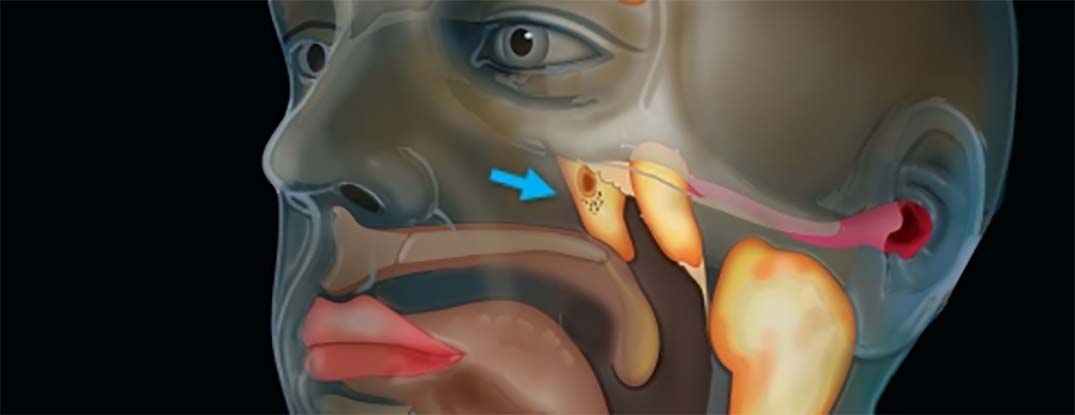Researchers at the Netherlands Cancer Institute recently discovered a previously-unknown organ buried deep in the human brain.
Radiation oncologist Wouter Vogel and oral and maxillofacial surgeon Matthijs Valstar were studying a new type of scan as part of their research when they discovered that, all the way in the back of the nasopharynx, two unexpected areas had lit up.
These areas looked similar to known major salivary glands.
At the Netherlands Cancer Institute, Vogel and Valstar investigate the side effects radiation can have on the head and neck. The scans they were studying highlighted the salivary glands through the use of a marker, so they could avoid damaging them during treatment.
But finding a set of large salivary glands in the back of the nasopharynx was a surprise.
“People have three sets of large salivary glands, but not there,” Vogel explains. “As far as we knew, the only salivary or mucous glands in the nasopharynx are microscopically small, and up to 1 000 are evenly spread out throughout the mucosa. So, imagine our surprise when we found these.”
In collaboration with their colleagues at UMC Utrecht, they discovered that all 100 people whose scans they studied had a set of these glands.
The patients had all had a new PSMA PET/CT scan performed, which shows salivary glands clearly.
“The two new areas that lit up turned out to have other characteristics of salivary glands as well,” Valstar says. This was confirmed in the tissue of two human bodies they studied together with their colleagues at the Amsterdam UMC. “We call them tubarial glands, referring to their anatomical location.”
The scans were done on patients with head and neck cancer when the researchers wanted to pinpoint the location of their salivary glands. “Radiation therapy can damage the salivary glands, which may lead to complications,” Vogel explains. “Patients may have trouble eating, swallowing, or speaking, which can be a real burden.”
The newly-discovered glands are equally subject to these complications, with research showing that the more radiation delivered to these new areas, the more complications the patients experienced afterwards – just like the known salivary glands. This means knowing the location of the new glands should benefit cancer patients in future.

